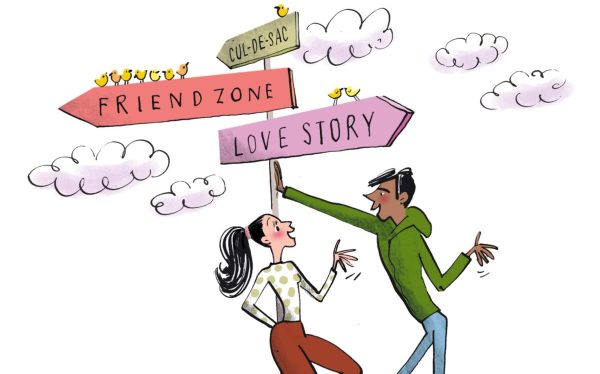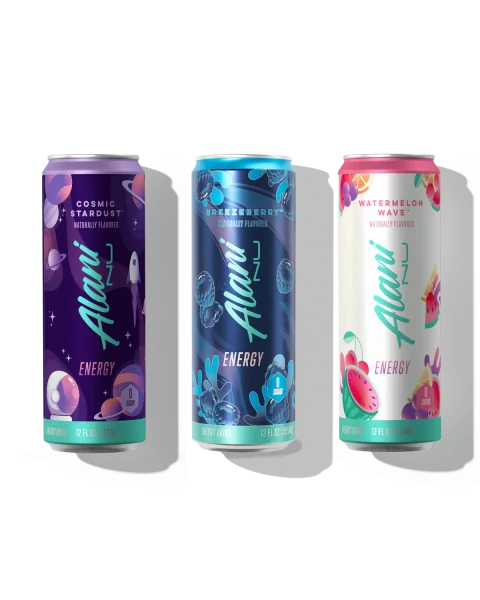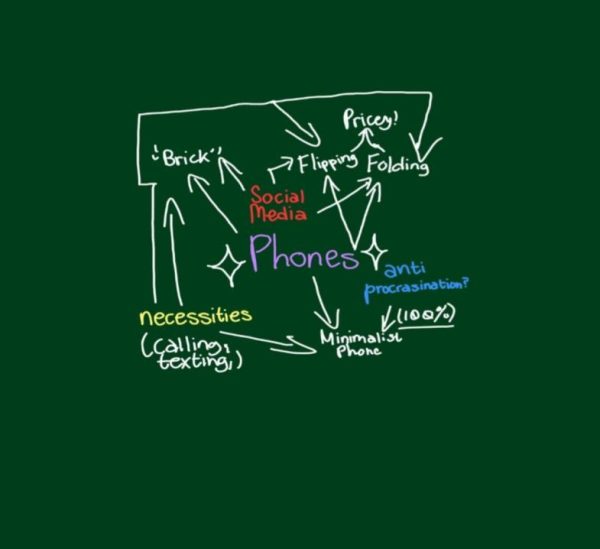When You Put That Trendy Piece of Clothing in Your Cart from Shein Just Remember You’re Supporting an Oppressive and Abusive Industry That Underpays and Overworks Chinese Children. You’re Paying for the Number Two Most Pollutant Industry on the Planet, Fast Fashion, Along With Generally Horrible Quality and Dubiously Sourced Clothing. However, Sustainably Sourced Clothing is Also Unreasonably Priced and a Luxury to be Able to Consistently Buy.
With the recent boom in social media and the use of online entertainment platforms, the presence of fashion and clothing in many’s daily life has greatly increased. While quarantined, there was not much to do except to mindlessly scroll through social platforms such as Instagram, Twitter, and TikTok. With everyone staying home and left to their own devices, there was a shift in the content being created and an overall change in what people were interested in.
Suddenly, a lot of the fashion trends have become centered around more unique pieces that can’t yet be found in stores for cheap prices. This has led to an incredible increase in the consumption of trendy yet cheap clothing through fast fashion brands, which is already common enough. Fast fashion is prevalent in many popular brands like Topshop, Zara, and H&M. Now, there are brands like Shein, Yesstyle, and much more that provide very cheap prices for mass-produced clothing, shoes, and other accessories.
These online stores are considered fast fashion because they take current trends and mass-produce designs and clothes through underpaid and overworked workers, along with incredibly cheap and dirty fabrics to keep the low prices. Many of the clothes are produced in China by The methods of making the clothing release an immense amount of pollution and chemicals into the environment. Fast fashion is one of the highest polluting industries in the world, and unfortunately, there is no way to completely get rid of it. People will continue to buy from brands that partake in fast fashion because it is incredibly expensive to buy from alternative sources and the convenience of having cheap and trendy clothes on one site.
Junior Gabriela Cruz says, “I buy both [sustainable and fast fashion] because sustainable clothing can get expensive. I like buying my clothes from thrift stores because it isn’t super expensive, it’s good for the environment, and I know I’m not supporting companies who exploit their workers. Sometimes I buy from online websites because it isn’t expensive and the clothes are really cute, but I try not to too often because it makes me feel bad. It’s also a lot more convenient than thrifting sometimes because it takes a while to look through all the clothes when I go to a thrift store or a second-hand store.”
Many others share the same sentiment, as plenty can’t afford the more sustainable options, or are unable to go out of their way to only shop brands that don’t support fast fashion. It’s a luxury to be able to do so.
Junior Eshal Naqvi says, “I shop sustainably when I can but the whole idea is also a tad classist because not everyone can afford sustainable clothing, but when I can I definitely try to go for that.”
The pressure to dress well has influenced many to pursue different styles of clothing and fashion, which has therefore led to the increased consumption of cheap and unethically sourced clothing. Fast fashion will continue to be prevalent in every part of the world as people will continue to buy conveniently trendy and cheap clothes. Shopping sustainable is a luxury many don’t have, and these difficulties have encouraged people to support many fast fashion brands that greatly pollute the environment.











